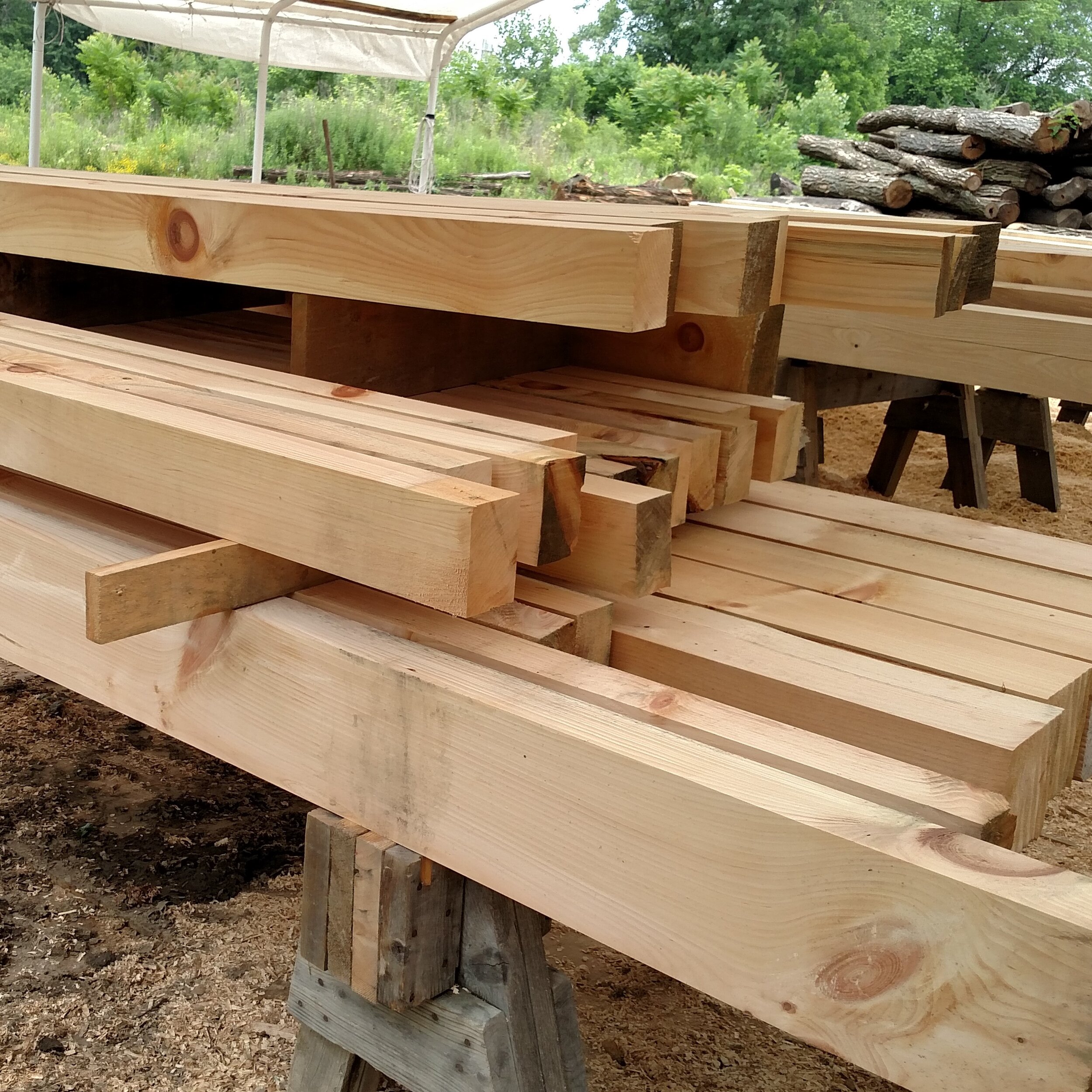Why Isn't Wood "Perfect"?
Wood is perfect for many things: construction, interior decorating, and craft-making, to name a few. What wood isn’t … is “perfect.”
No two trees in the same forest are ever identical. Each has spent its growing years responding to the microclimate in which it found itself. Reaching its branches around the those of its neighbors, competing for space and light. Intertwining its roots around those of its neighbors, competing for water and nutrients. Tolerating weather and drought. Withstanding disease and insect infestations. Even taking the occasional bullet.
Trees that make it to adulthood—to the point of being ready for harvest—are true survivors. They bear the signs and scars of their long history within their wood in the form of knots, holes, cracks, color variations and irregular grain patterns.
When you buy wood from Ogonek Custom Hardwoods, the pieces you receive will reflect the natural history of the trees they were cut from. Celebrate that history in how you utilize the wood. Install your timbers so that their knots and grain patterns are visible. Choose which face to highlight by its distinctive color variation or the lace-like tracery left by insects. Don’t hide what makes your wood so special and unique!
Expect your wood to continue to respond to its new environment. Depending on the conditions in which you store it and how you choose to finish it, cracks, checks or twists may develop, especially in undried beams and timbers. Don’t worry, these will not compromise their strength and beauty. But if you wish to minimize these effects, store your wood flat prior to using it in a covered location with abundant air-flow, stacked to allow that air-flow to reach all 4 surfaces. Allowing your wood to air-dry in this way for several weeks to several months will reduce warping, twisting or cracking.
Finish your wood using products appropriate to the purpose and location where your wood will ultimately reside, essentially sealing it off from environmental conditions that can affect it further.
Above all, don’t expect your wood to be “perfect.” But rest assured, it will be perfect.

